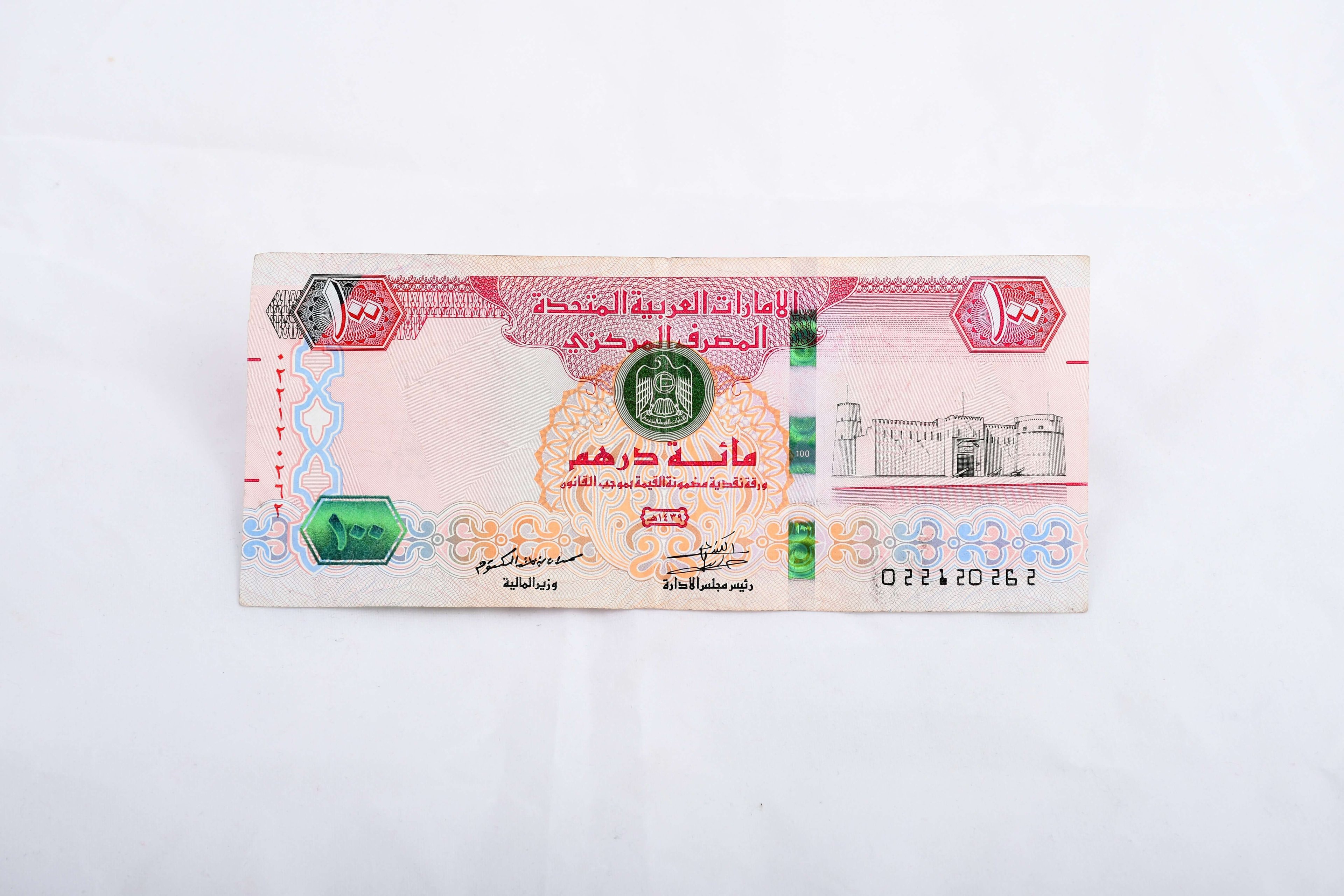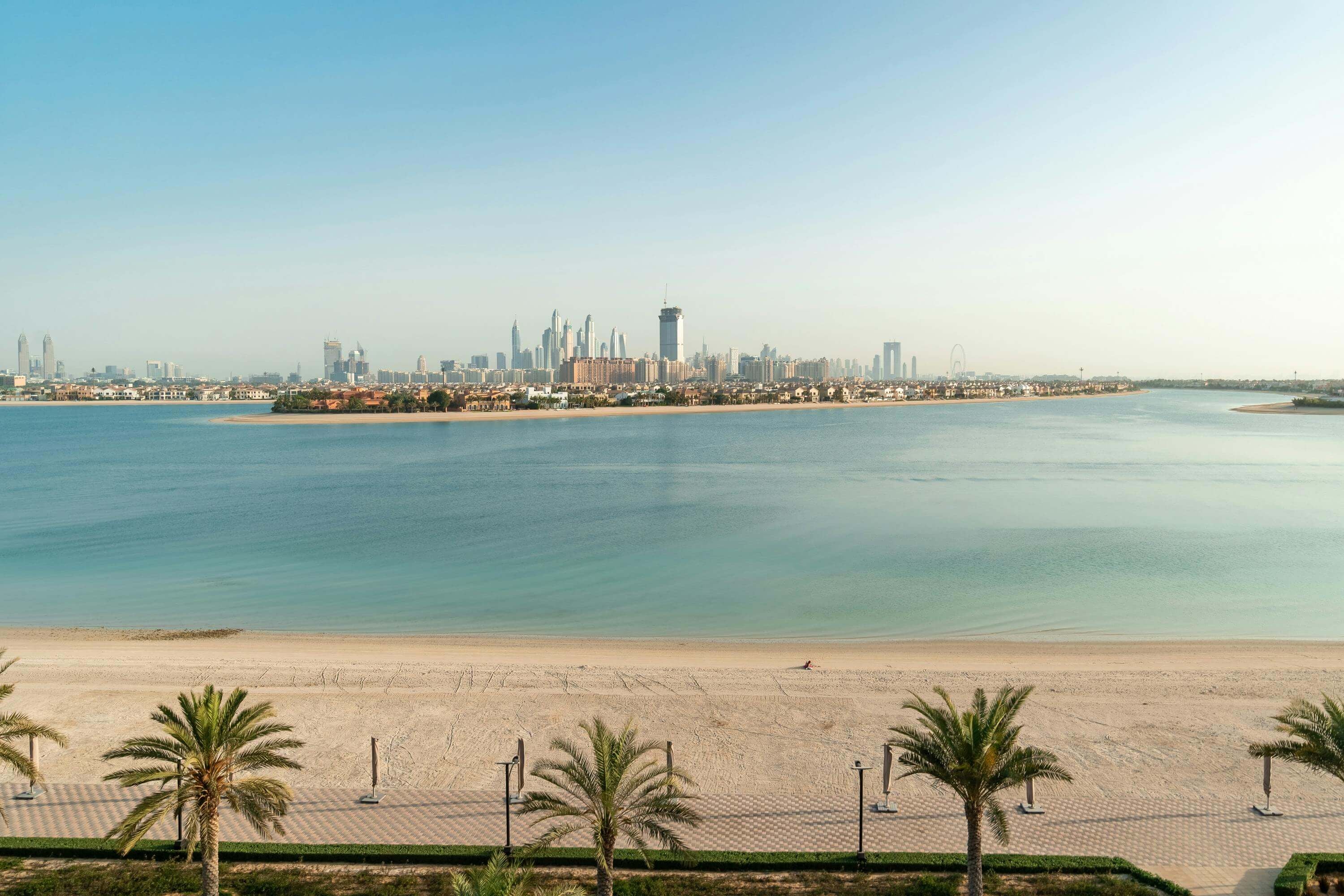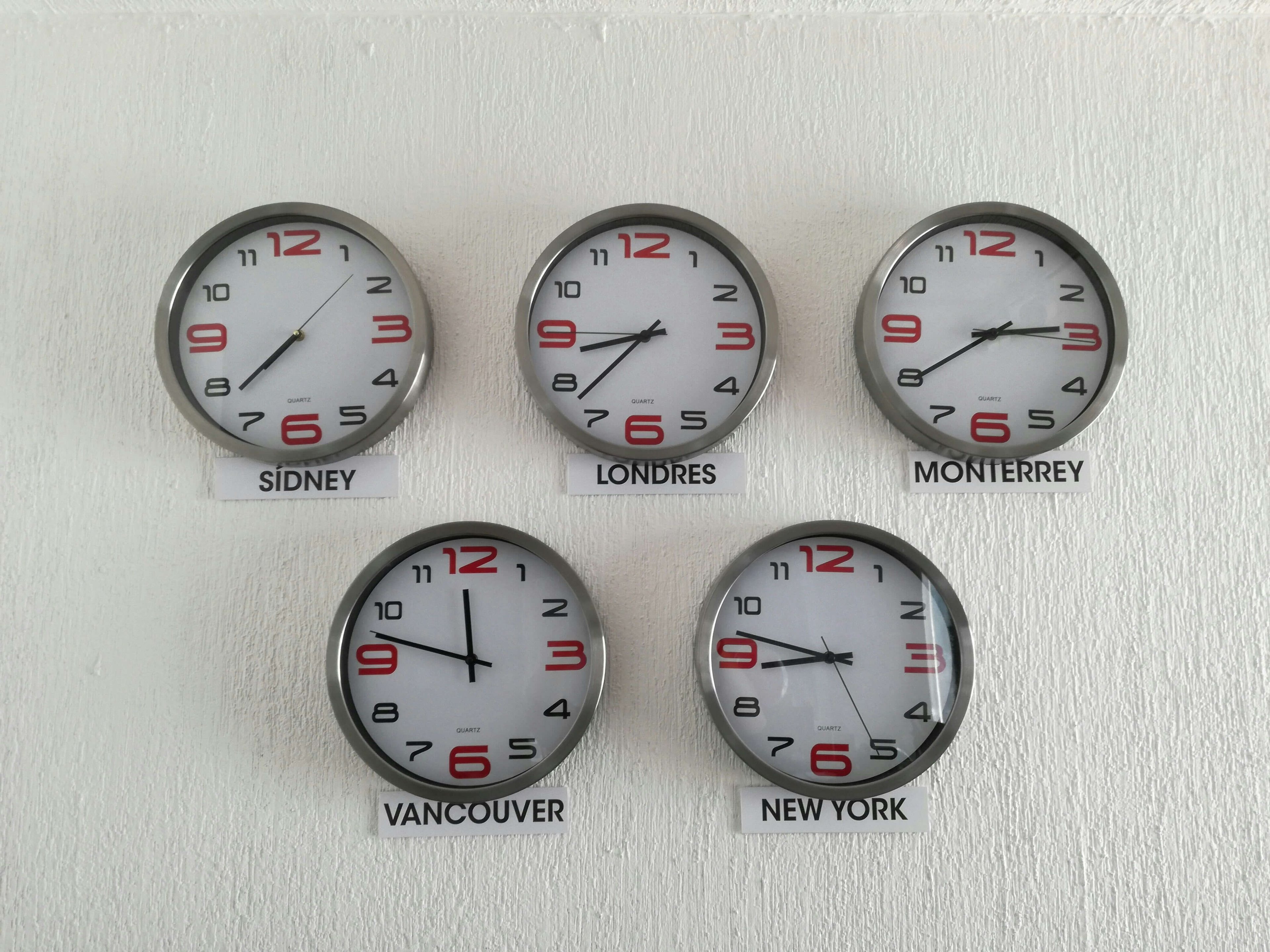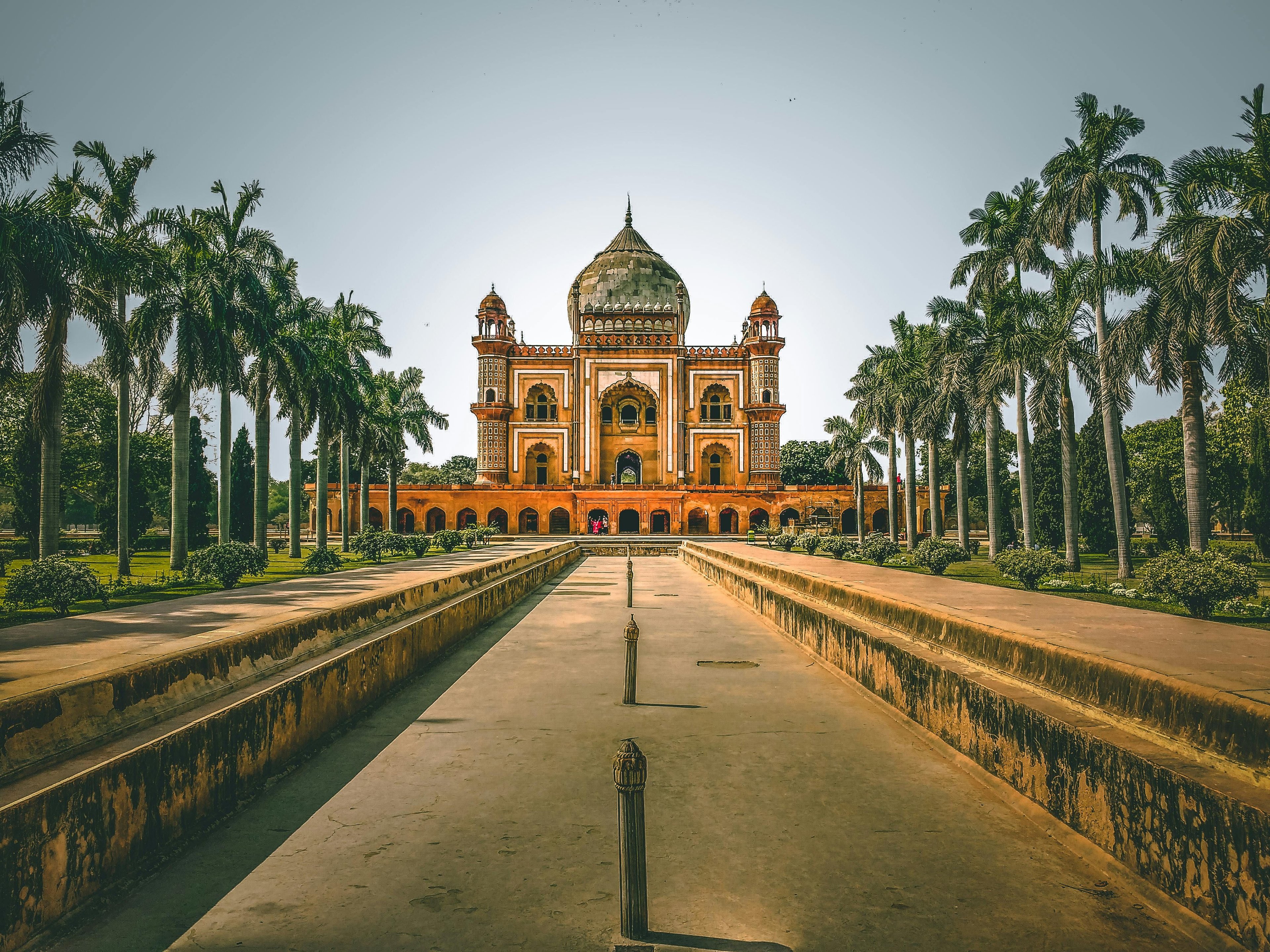
18/12/2025
What is the currency in Abu Dhabi?
Copy link

A characteristic island in the shape of a date palm, with luxury hotels and expensive villas - Palm Jumeirah is the most famous artificial island in the world. The palm is one of Dubai's greatest symbols and a showcase of the city's architectural capabilities. How was Palm Jumierah created and who was its designer? Find out more about the history of the Palm in Dubai!
Dubai has not always been known around the world for its bold architectural designs and modern landscape. It was His Highness Sheikh Muhammad ibn Rashid Al Maktum, Emir of Dubai and Prime Minister of the United Arab Emirates, who decided to transform this image. The Sheikh wanted to transform Dubai into a tourist hub and expand its limited coastline. The construction of artificial islands in the UAE was to provide travellers with access to luxury flats with direct access to beaches and views of the waters of the Persian Gulf. Dubai wanted to keep tourists at home and become a holiday destination for several million people a year. Such was the creation of Palm Jumeirah, Palm Jebel Ali and Palm Deirah, or the Palm Islands. Today we'll be looking at the most famous of the Palm Islands - find out the most important information about Palm Jumeirah.
How are the artificial islands in Dubai created? The design of artificial islands involves piling the ground with sand and rocks and forming these components into solid ground. In Dubai, the authorities wanted modern symbols of luxury, so they decided to build the Palm Jumeirah. The palm-shaped island was first only in the minds of the designers, but in June 2001, Nakheel Properties proceeded with the idea.
You can see the idea of building a luxury artificial island in the shape of a palm tree every day and from your balcony. All you have to do is choose a holiday in Dubai and stay in one of the Dubai Marina flats from Two Continents. Book your accommodation in Dubai and enjoy the panoramic view of the Palm Jumeirah from your window during your holiday.
The palm-shaped island was the idea and goal of Sheikh Muhammad ibn Rashid Al Maktoum. Developers in Dubai quickly moved from idea to realisation, starting construction of Palm Jumeirah in 2001. Why was a palm tree shape chosen for an island in Dubai? The island is shaped like a date palm, a symbol of Dubai that has been present in the city's culture and history for hundreds of years. The date palm is part of the identity of Dubai's desert and coastal people, so it has also become a symbol of the city's progress and development.
What technologies were used to build the artificial island in Dubai? It is crucial to know how artificial islands in Dubai are built. Complex marine structural engineering was required to build the Palm in Dubai. Palm Jumeirah was created from 110 million m2 of sand dredged from a day in the Persian Gulf. The sand was first pulverised and then, using vibro-press technology, moulded into a shape predetermined by the designers. Stone breakwaters were also built to defend the palm tree from the erosive activity of the sea waves. The island is unable to maintain its shape permanently without help, so engineers fill in the sand deficiencies from time to time, leaving the perfect shape of the palm tree in perfect condition.
The tourist paradise and eighth wonder of the world was built from 2001 until 2008. In 2006, the first residential facilities on the island were completed. November 2008 saw the official opening of the project. The Palm Jumeirah cost $20 million to open, with the largest fireworks display in history, and the opening featured celebrity guests from around the world. The event was closed with a performance by Kylie Minogue.
The estimated cost of building the Palm Jumeirah was $10 billion. The construction of the island gave the city as much as 75 kilometres of coastline. Tourism on the Palm Jumeirah significantly influenced the number of visitors to Dubai in the following years and made the city famous worldwide. A well-developed transport system was established on the Palm, consisting of a wide selection of access roads to every point on the island and the Palm Monorail, which runs from the beginning to the end of the Palm, having its last stop at the Atlantis Hotel.
The construction of the Palm Jumeirah in Dubai is one of the world's greatest engineering achievements, and has transformed Dubai's landscape. The project required the precise placement of millions of tonnes of sand and rock, affecting the local marine ecosystem and water circulation. During construction, changes to the bottom sediments and temporary turbidity of the water were noted, affecting marine vegetation and organism life. To minimise the impact, the constructors introduced openings in the breakwater, allowing for better coastal water flow and improved water quality.
In addition, techniques were used to help reduce beach erosion and control sediment transport, which was inevitable with such a large project. The project has created new habitats for some marine species, as well as enhancing the region's tourism and economic development. Palm Jumeirah is an example of how advanced technology and planning make it possible to realise ambitious projects while taking care to reduce their environmental impact.
The Palm in Dubai is not only a luxury island with opulent villas, but also a place with great tourist attractions. Palm Jumeirah attracts millions of visitors every year due to its tourist appeal. What attractions can you find on Palm Jumeirah?
You can also admire Palm Jumeirah from the perspective of the water on a luxury yacht cruise around Dubai. A sightseeing cruise is the perfect way to admire Dubai and its most important sights. If you are interested in other attractions in Dubai, go in and book them on the Two Continents website and enjoy an unforgettable Dubai holiday.
What hotels are located on Palm Jumeirah? There are many luxury hotels on Palm Jumeirah that attract tourists from all over the world. The most famous is Atlantis The Palm, an iconic hotel located at the top of the island, offering luxurious rooms, the spectacular Aquaventure Waterpark and the underwater aquarium The Lost Chambers. Another famous property is the Waldorf Astoria Dubai Palm Jumeirah, which impresses with its elegant design, private beach and exceptional restaurants. The Ottoman palace-inspiredJumeirah Zabeel Saray offers sumptuous interiors, a luxurious spa and fine dining, while Raffles The Palm Dubai stands out for its European style and top-notch service. The Palm is also home to FIVE Palm Jumeirah, known for its contemporary style, vibrant events and exceptional restaurants overlooking the Persian Gulf.
The Palm Jumeirah is an engineering marvel, showing what a journey Dubai has gone through in the last hundred years. From a small fishing village to the most modern city in the world. Learn the most important interesting facts about the Palm Jumeirah in Dubai at a quick glance:
Dubai is a city of unstoppable growth and continuous progress. New developments continue to emerge in the city, attracting investors from around the world. Dubai's property market has never been so open to potential buyers. With Two Continents real estate agency, you can purchase your first property in Dubai. Experienced experts will introduce you to the realities of the local market, secondary market listings and the latest off-plan investments. The return on investment rate worldwide is the highest in Dubai, so the coming years are the best time to make an investment in Dubai Real Estate.
Who designed Palm Jumeirah?
The designer of the Palm Jumeirah artificial island in Dubai was the US firm Helman Hurley Charvat Peacock (HHCP), while the contractor for the project was a Dubai-based company, Nakheel Properties.
How long did it take to build the Palm in Dubai?
The construction of the Palm Jumeirah Dubai took about eight years, from 2001 to the end of 2008. The official opening of Palm Jumeirah took place in November 2008. The event was one of the most expensive and lavish openings in the history of not only Dubai, but the world.
Is Palm Jumeirah the largest artificial island in the world?
According to many sources, Palm Jumeirah is the largest artificial island in the world. It has an area of approximately 5.6km². The current permanent resident population on the Palm in Dubai is approximately 25,000 (figures for 2022).
See other news

18/12/2025
What is the currency in Abu Dhabi?

18/12/2025
Abu Dhabi - water temperature

18/12/2025
Time in Abu Dhabi

18/12/2025
Abu Dhabi Airport Guide: What You Need to Know Before You Travel

18/12/2025
Abu Dhabi - prices in supermarkets and restaurants. A guide to costs for tourists

18/12/2025
Passengers will be able to travel by train to Pyrzowice Airport from Bytom and Chorzów

18/12/2025
What is the Dubai Golden Visa and how can you obtain it?

17/12/2025
airBaltic resumes flights from Warsaw to Riga

17/12/2025
LOT cancels route to Mumbai and increases number of flights to Delhi

17/12/2025
As many as five new Wizz Air routes from Warsaw! Where will we fly?